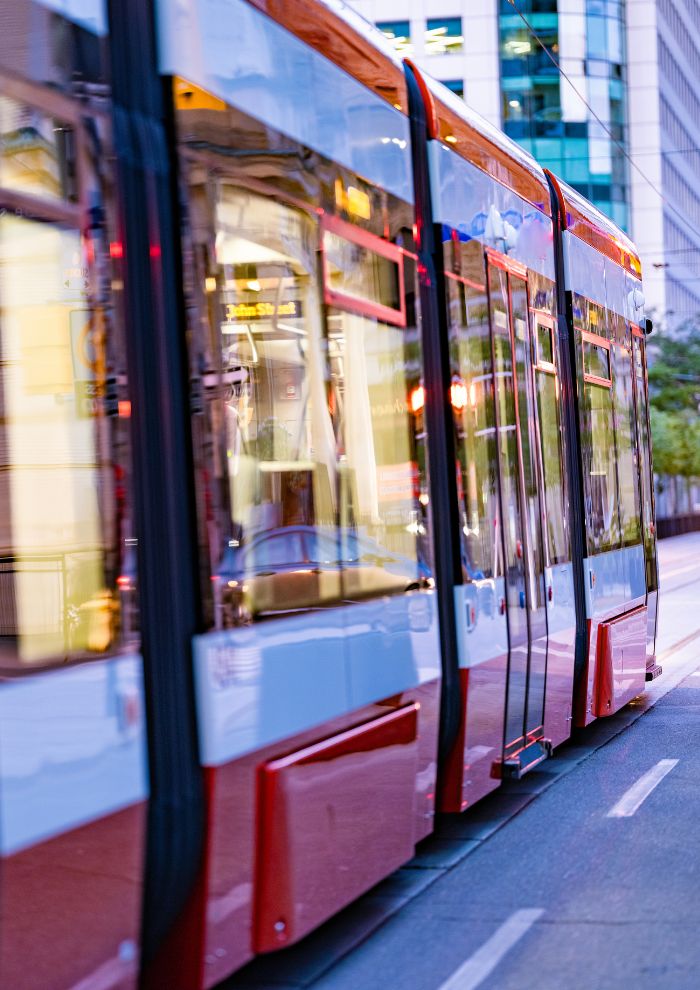The image of yellow school buses driving children to and from school every weekday morning and afternoon is so familiar and iconic that the idea that it could be in peril seems almost unthinkable.
But in the wake of the Covid-19 pandemic there have been multiple industries that been have shaken to their very core and school buses are no exception.
There is a school bus driver shortage across school districts in many parts of Canada and the US and it’s left parents and school leaders trying to fill the gaps.
Why is there a sudden lack of bus drivers?
There are multiple reasons behind the sudden shortage of school bus drivers. Concerns over health and safety, long simmering discontent with wages, lack of benefits, available hours and disagreements on stances regarding vaccines and masks are some of the key issues that have caused school bus driver shortages.
Some of these issues, like the frustration over pay, have made it hard for a lot of school districts to retain school bus drivers for years.
A recent survey conducted by the NSTA found that around half of school districts said that their lack of school bus drivers was “severe” or “desperate”.
Around two-thirds of school districts that responded said that the bus driver shortage is their number one problem or concern. Staggeringly, only 1% of school districts said that the bus driver shortage is not a problem for them.

Long standing issues for bus drivers
The hiring pool has also been squeezed for years when bus drivers realized they could make higher wages and get more hours driving for companies like Amazon.
When the pandemic hit, schools had to go online which meant thousands of bus drivers were furloughed.
Traditionally, school bus drivers have largely been retirees who enjoy the part-time hours. Once schools began to re-open, many bus drivers retired or quit out of concern for personal safety when faced with the prospect of being exposed to Covid-19.
Replacing bus drivers has never been something that could be done quickly. Regulations can vary, but it takes about 8 weeks to get a commercial driver’s license.
As the past school year ended, what was already a shortage of bus drivers hit a tipping point as not enough school bus drivers were trained and hired over the summer to replace an already strained workforce.
Crisis in the fall
As the latest school year began, many local school districts saw bus driver walkouts, strikes and protests.
The school bus driver shortages have been so severe that some schools have had to close temporarily, or change their schedules due to how severe the impact of the lack of bus drivers.
School district leaders have been so desperate to get children to class that some districts have gone to drastic lengths such as paying parents to drive children or hiring a limousine service company.

Finding more school bus drivers
School leaders have been searching for incentives to lure potential workers into the vacant bus driver positions.
Raised pay and signing bonuses are some of the ways that school officials have tried to fill openings.
Making the position a dual-role is another strategy some districts are using. By combining roles of bus drivers with positions like teachers’ assistants, teachers, custodians and administrators it allows for the opportunity for better income and regular full-time hours.
New strategies for driver shortages
The school bus driver shortage is not going to be resolved in the near future.
The number of drivers needed is far too great and districts will need to get creative to manage school transportation. There are no perfect solutions but there are some that can at least help ease the burden on drivers, parents and administrators.
Rotating school bus schedule
Rather than cancelling all buses or school due to there not being enough bus drivers, districts could create a rotating schedule for student transportation.
For instance, students could take the bus for three weeks and on week four use an alternative method to get to school. Schools could help offset the cost that would be placed on parents who need to find alternative means of transportation.
Change bell schedules
Run buses and class times on a delayed schedule. This would allow drivers to drop off students and then return to the road and run another route, effectively doubling the number of drivers.

Maximize route efficiency
Use data and analytics to examine if there are more efficient ways to structure current bus routes. Clarity™ by Gatekeeper allows transportation administrators to track and manage every bus on every route.
By unifying fleet data with dispatch and scheduling, Clarity™ gives the opportunity to analyze and gain insights into how route plans compares with actual performance. With this platform, bus routes can be optimized for efficiency.
Outlook
The school bus driver shortage is not going to be fixed overnight. Millions of children need to take the school bus every day and as of yet there are no realistic alternatives.
Better pay and a concerted effort to recruit new school bus drivers could help start replenishing a decimated industry, but even that could take months.





